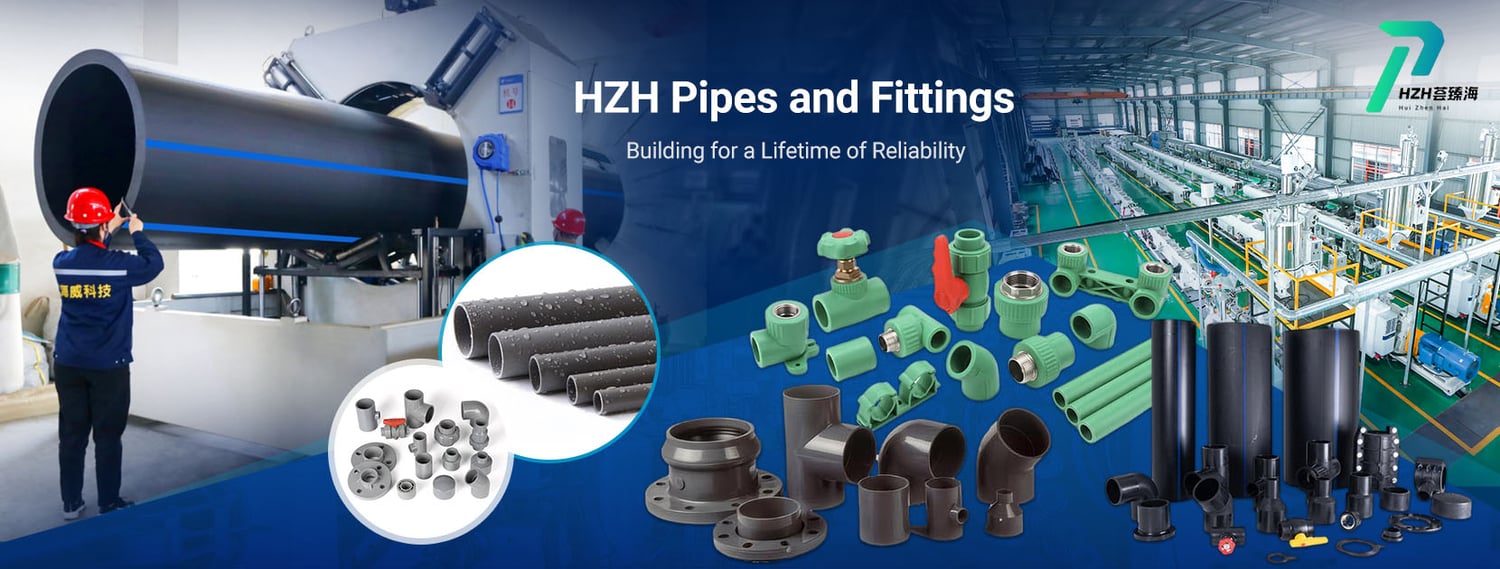The Benefits of Using PP pipe PP pipes, also known as polypropylene pipes, are a popular choice for plumbing and industrial applications due to their durability, chemical resistance, and cost-effectiveness. These pipes are lightweight, making them easy to transport and install. Additionally, PP pipes have a long lifespan, reducing the need for frequent replacements.Applications of PP PipesPP pipes are widely used in various industries, including industrial manufacturing, water treatment, and agriculture. These pipes are ideal for carrying a wide range of fluids, including water, chemicals, and gases. The versatility of PP pipes makes them a popular choice for both residential and commercial projects.Installation and Maintenance of PP PipesInstalling PP pipes is a straightforward process that does not require specialized tools. These pipes can be easily connected using heat fusion or mechanical fittings. Additionally, PP pipes require minimal maintenance, making them a cost-effective solution for long-term use.Environmental Benefits of PP PipesPP pipes are eco-friendly options for piping systems due to their recyclability and minimal environmental impact. These pipes are manufactured using sustainable processes and can be recycled at the end of their lifespan. Choosing PP pipes can help reduce your carbon footprint and support environmental sustainability.Comparison with Other Pipe MaterialsWhen compared to other pipe materials such as PVC and metal pipes, PP pipes offer superior chemical resistance and durability. PP pipes are resistant to corrosion, rust, and chemical damage, making them a reliable choice for demanding applications. Additionally, PP pipes have a smooth interior surface, reducing friction and enhancing flow efficiency.Design and Engineering of PP PipesPP pipes are available in a wide range of sizes, from small diameter pipes for household plumbing to large diameter pipes for industrial applications. These pipes are designed to meet industry standards and regulations, ensuring safety and performance. Engineers can customize PP pipes to meet specific project requirements.Cost Considerations for PP PipesPP pipes are a cost-effective solution for piping systems due to their low installation and maintenance costs. These pipes are affordable compared to other materials and offer long-term savings through reduced replacement and repair expenses. Investing in PP pipes can help optimize your project budget.Future Trends in PP Pipe TechnologyAs technology continues to advance, PP pipe manufacturers are developing innovative solutions to enhance the performance and sustainability of PP pipes. New materials and manufacturing processes are being introduced to improve strength, flexibility, and environmental impact. The future looks bright for PP pipe technology.PP Pipe Standards and RegulationsPP pipes are subject to industry standards and regulations to ensure quality, safety, and reliability. These pipes must meet specific criteria for material composition, performance, and installation methods. By choosing PP pipes that comply with industry standards, you can ensure the integrity of your piping system.ConclusionPP pipes offer a range of benefits for plumbing and industrial applications, including durability, chemical resistance, and cost-effectiveness. These pipes are versatile, eco-friendly, and easy to install, making them a popular choice for various projects. With ongoing advancements in PP pipe technology, the future looks promising for this reliable piping solution.Quote Inquirycontact us










